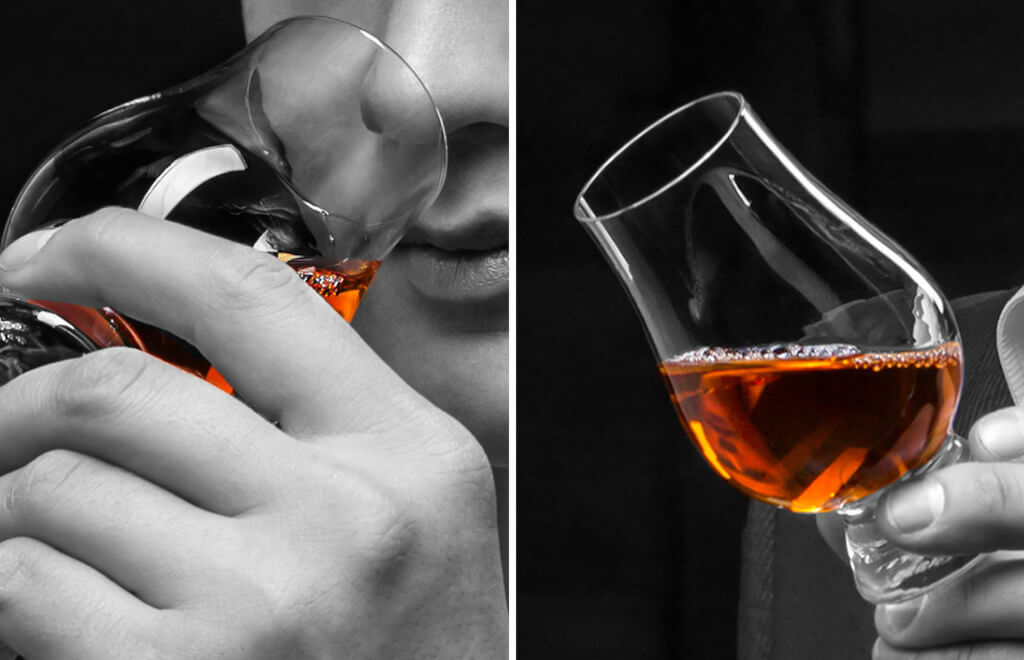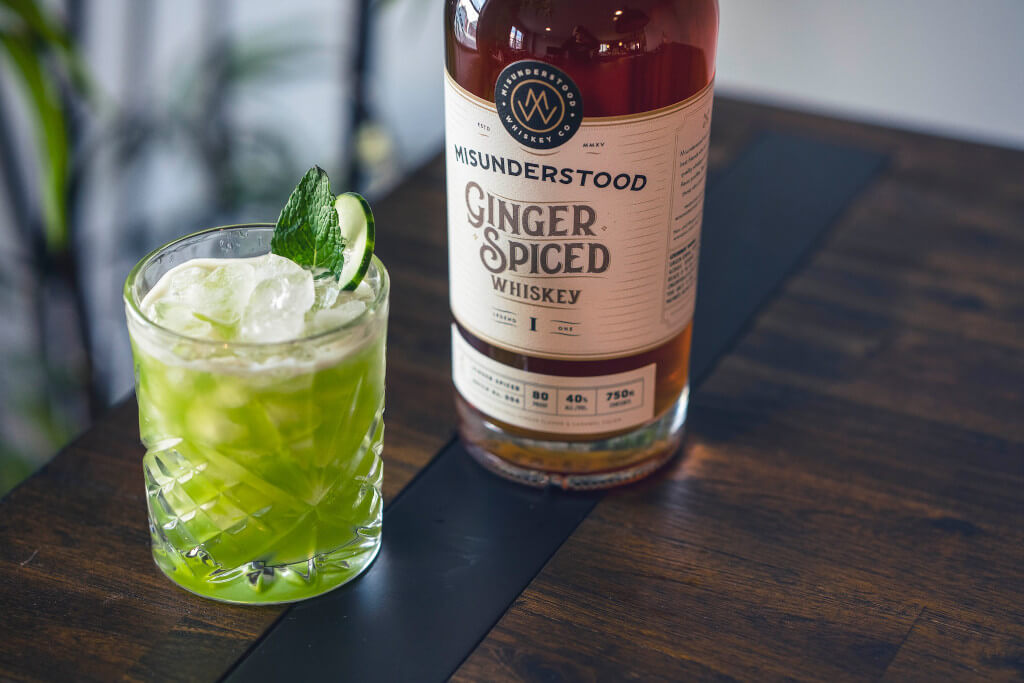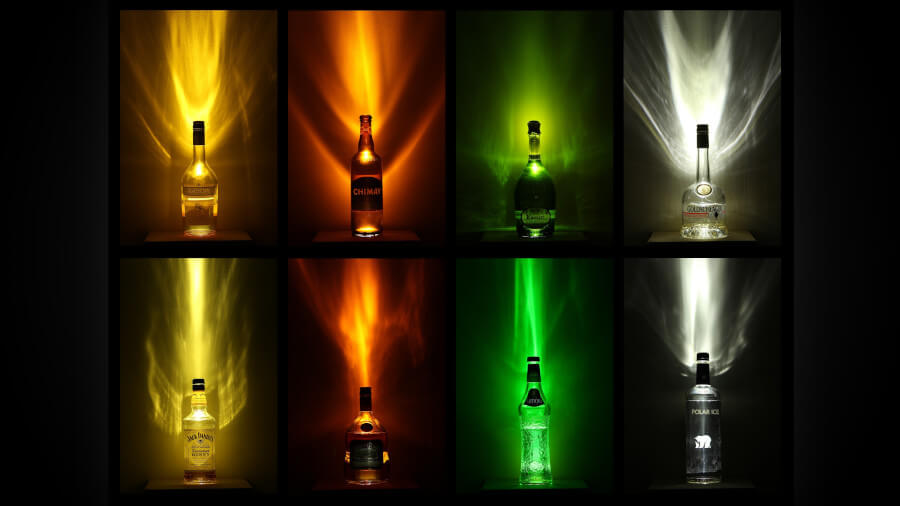Take a moment to admire the whiskey in your glass if you happen to be reading this while holding one. Is it more of a light golden hue or a deep ruby red? Does it fill your nostrils with aromas reminiscent of sea air or a heather moorland? Can you taste the honey sweetness or the bitter smokiness? Whiskey, also known as liquid sunshine and the water of life is the most versatile spirit, capable of many things.
Whiskey is the liquid gold that is produced when beer is distilled. A distillation is “the delineation of the gross from the delicate and the delicate from the gross,” as defined by the 15th-century physician and distiller Hieronymus Brunschwig. Distillation is the primary method used to create spirits, and it may be applied to a wide variety of low-proof liquids like wine or beer. According to alchemists, wine contained the “water of life,” or aqua vitae, and any material could be reduced to its essential spirit by repeated distillation. Whiskey is an anglicized form of uisge beatha, the Gaelic meaning “water of life,” which is what Irish and Scottish monks used to call their distilled barley beer.
How Malt Whiskey is Made
Scotland’s malt whiskey has been distilled for centuries, but its history is shrouded in mystery. They were used by monks as early as the 15th century, if not earlier.
While the craft of distillation has been known since ancient times, the nuances of whiskey’s aroma and flavor remain a mystery. Uisge beatha, the ancient Gaelic name for the Latin ‘water of life’ aqua vitae, was changed in the 18th century to husky, and subsequently to whiskey. The following is a simplified, oversimplified explanation of the procedure. Keep in mind that there are varying requirements for different distilleries.
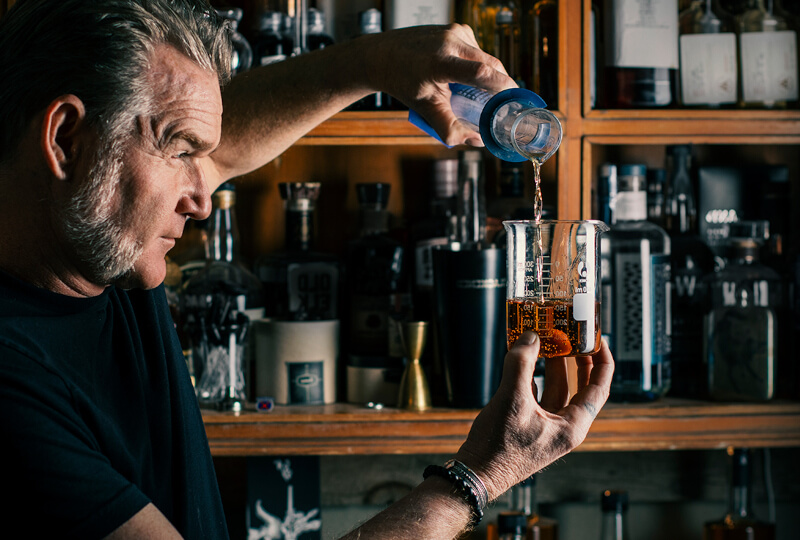
1) Malting
Malting barley is laid out on malting flooring to germinate after being steeped in water. To avoid overheating, it is rotated frequently. Historically, this was done in a malt barn next to the kiln by flinging the barley into the open air with wooden shovels.
When starch is mashed, enzymes are released that break it down into sugar. The barley, now known as green malt, is sent to the kiln for drying after 6 to 7 days of germination. The germination process is halted. To preserve the enzymes, the temperature is kept below 70 degrees Celsius. Adding peat to the fire might make the smoke taste better.
2) Mashing
In the mash tun, heated water is combined with the coarse flour or grist made from the dried malt. The water is introduced in three stages, with increasing temperatures between each addition (from roughly 67°C to practically boiling point).
Scottish water is known for being exceptionally pure. The starches in the mash are broken down into sugar while it is churned. After mashing, the sugary liquid is called wort because of its sweetness. The draft, or discarded grains, are turned into livestock food.
3) Fermentation
Fermentation begins once the wort has been chilled to 20 degrees Celsius and fed into washbacks, where yeast is introduced. The flavor of the whiskey is enhanced by the byproducts of the yeast’s digestion of the sugars: alcohol and trace amounts of chemicals known as congeners. The wash froths up violently and carbon dioxide is released. The head is stopped from overflowing by revolving switchers. After 2 days, the wash reached a final concentration of 6-8% alcohol by volume after the fermentation process slowed.
4) Whiskey in a Copper Pot
Each distillery maintains the same precise stills from generation to generation because the design of the pot still contributes to the unique flavor of each malt whiskey. Alcohol and other chemicals are vaporized during distillation, passing over the still’s neck and into a condenser or a worm, a big copper coil immersed in cold running water, where the resulting steam becomes condensed into a liquid.
5) Distillation
In the first distillation, the wash is used to distinguish the alcohol from the water, yeast, and residue known as pot ale; the solids are then saved for use in animal feeds.
The low wines that result from the wash still’s distillation are sent to the spirit, where they undergo a second distillation to increase their alcohol content to around 20% by volume. Foreshots, the first liquid to be distilled, contain the most volatile compounds, and feints, the last liquid to be distilled, contain the oiliest compounds; both are diverted so that they can be redistilled with the smallest amount of wines in the following distillation.
The spirit receiver contains only the unadulterated center cut, also known as the heart of the run, which contains roughly 68% alcohol by volume.
6) The Process of Maturation
The Customs and Excise used to have the keys to the spirit safe, through which all distillates had to pass. The Stillman relies on his extensive training and experience to evaluate the quality of each distillation without ever touching the liquor itself. The process of maturation begins once the recently distilled, transparent, fiery spirit has been diluted to mature strength, 63% alcohol by volume, and poured into wood casks that may have previously held Scotch whiskey, bourbon, or sherry.
How Grain Whiskey is Made
Malted barley accounts for 10-20% of the ingredients in Scotch grain whiskey, with the rest coming from unmalted grains like maize or wheat. Pre-cooking the non-malted cereals allows the starch to be liberated and transformed into fermentable sugars. Similar techniques to making malt whiskey are employed in the mashing and fermenting procedures.
The wash is then put through a continuous still, sometimes known as a Coffey still after its inventor, Aeneas Coffey. A machine called a rectifier and an analyzer make up its two tall columns. The upper part of the rectifier is where the cold wash is fed in to meet steam. The columns perform the function of a heat exchanger. Scotch grain spirit, with an alcohol content of around 94% by volume, is formed when the ethanol is cooled, condenses, and evaporates.
Since the extracted grain spirit has a milder flavor and smell than most malt whiskies, it only needs a moderate amount of time to age. Most grain whiskies that have been aged are utilized for blending.
Process of Maturation
Whiskey takes on a golden hue and develops a smoother flavor as it ages in the cask. Esters and other complicated compounds are formed from some of the higher alcohols, which help to discreetly elevate the individual qualities of each whiskey.
Scotch whiskey must sit in oak barrels for at least three years before it can be sold, but many single malts are aged for much longer. The Angel’s Share is the maximum amount of whiskey that can evaporate from a cask each year, as determined by Customs and Excise. Whiskey, in contrast to wine, does not continue to develop in the bottle.
Creative Blending
Over 90% of the Scotch whiskey appreciated around the world is the result of blending, even though the unique single malts manufactured by different distilleries are growing more popular.
Blenders choose from a wide variety of malts by nosing samples in tulip-shaped glasses, including the abundant Highland and Speyside malts, the robustly flavored and peaty Island malts, and the softer, lighter Lowland malts. Blended whiskies get their distinctive flavor from a combination of grain and malt whiskies that are aged in oak barrels until the grain whiskies dominate (often 60-80%) and the malt whiskies dominate (20-40%).
Blended Malts Consist Solely of Malt Whiskies and Not Grain Whiskey
While the process of making Scotch whiskey has changed over the centuries, the origins of Scotch whiskey encompass Scotland’s and its people’s rich cultural history.
Which Scotch Whiskey Varieties Are Most Common?
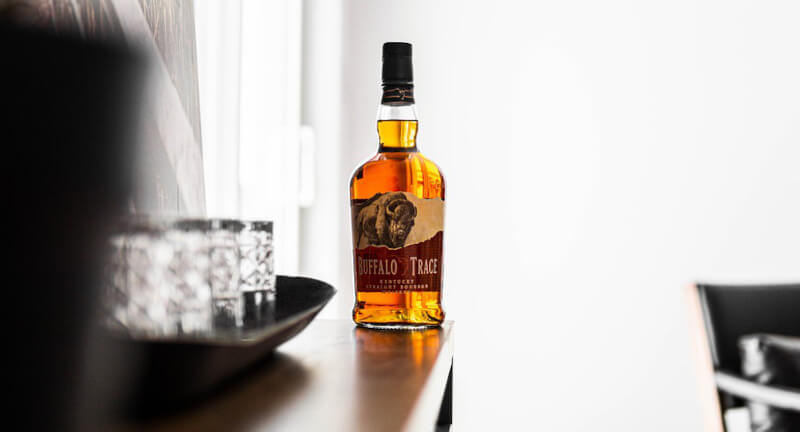
Scotch Whiskey can be either Malt Whiskey or Grain Whiskey. Based on where their respective distilleries are located, Malt Whiskies are separated into four categories.
Lowland Malt Whiskies, Those Produced South of a Line Passing Between Dundee and Greenock
Whiskies are made from malted barley grown in the Speyside region of Scotland. These whiskies are produced in the same region as Highland Malt Whiskies, however, they are distinguished from that category because of the unique climate and high concentration of distilleries there.
Whiskies From the Campbelltown Region on the Western Coast of Scotland
From the milder Lowland Malt Whiskies to the usually considered heaviest Malt Whiskies distilled on Islay, each category has its own set of distinguishing features.
Malt Whiskies, which vary greatly in taste depending on the origin distillery, is more aromatic and flavorful than their Grain Whiskey counterparts. Grain whiskey can be distilled in any part of Scotland since it is less affected by climate and other environmental conditions.
What is It About Scotch Whiskey That Makes It So Unique?
Many would-be replicators of Scotch Whiskey have spent years trying to crack this industry-wide mystery. There are numerous proposed explanations and theories, but no agreed-upon answer.
One of these is the distillation procedure itself. Scotch Whiskey, after distillation, has several secondary ingredients in addition to ethyl alcohol and water. It is speculated that these include malt barley and other grains and compounds derived from the peat, but their precise nature remains unclear. The concentration at which the alcohol is distilled determines the extent to which these secondary ingredients are preserved in the final product. Grain Whiskey’s production method results in fewer secondary ingredients, making it less flavorful and aromatic than Malt Whiskey.
Scotch Whiskey’s flavor is undoubtedly influenced in significant ways by water, peat, and the Scottish environment. A distillery relies heavily on water, therefore having access to clean, soft water is crucial. The ‘peaty’ or smokey flavor of many Scotch Whiskies can be traced back to the use of peat in the kiln or furnace in which the malt is dried. When whiskey is in its maturation process, the Scottish climate is crucial. At this point, gentle air has permeated the casks and is working on the whiskey, softening it by removing any harsh ingredients.
Why Do Whiskies From Various Distilleries Taste Different From One Another?
Again, this is a question that defies definite explanation. The water utilized is generally accepted as the deciding factor. It is well-known that whiskies distilled at neighboring distilleries that use water from various sources have significant flavor differences.
The dimensions and form of the stills, in addition to the knowledge and expertise of the people who operate them, are crucial. The goal of any whiskey distillery should be to create a spirit whose flavor and characteristics are unchanging under any conditions. This is the real distillation art, learned over decades and sometimes passed down through the generations.
How Many Distilleries Exist?
Depending on the economic climate, the number of active Pot Still Malt and Grain, or Patent Still distilleries in Scotland can range from more than 130 to fewer than 10.
Can Scotch Whiskey only be produced in Scotland?
Yes. Many other products that were once unique to a certain region are no longer region-specific and can be produced anywhere. However, the term “Scotch” has maintained its geographic significance when referring to whiskey. This is generally accepted as true by legal systems all around the globe. So, whiskey can only be called Scotch Whiskey if it’s been distilled and aged for at least three years in Scotland.
Is It Possible to Make Scotch Whiskey in a Country Other Than Scotland if You Build an Identical Distillery There?
No. As was mentioned in the last response, for whiskey to be named “Scotch,” both the distillation and aging processes must take place in Scotland. Similarly, “Spanish Whiskey” refers to whiskey made in Spain. Many places around the world have tried and failed to replicate the singular flavor of Scotch Whiskies.


